By: Lauren Patchett
It is hard to believe we have less than a week left here in Costa Rica and we’re almost a third of the way through our Global Semester journey! These past few weeks have included quite the variety of locations, climates, and experiences, keeping things interesting, but many students were feeling relieved to return to the familiarity of our first hotel for a few days. Upon arrival, many of us reflected on how far we have come since arriving in Costa Rica just four weeks ago, admiring our deepening friendships and enhanced cultural understanding.
Our first day back in San Jose, following our bus ride from Monteverde, we happily returned to our favorite taco place, Compadres, and eagerly practiced our Spanish skills as we ordered dinner.
The following morning, we started off at the National Museum of Costa Rica, coincidentally on national tourist day (although we prefer to call ourselves ethical travelers) and participated in their photo-ops and observed the preparation for the minister of tourism’s speech. The museum includes a mariposario, or butterfly house, various exhibits about the social and political history of Costa Rica, and a temporary exhibition of the Bellavista Barracks from the early 1940s before the Costa Rican army was abolished in 1948.
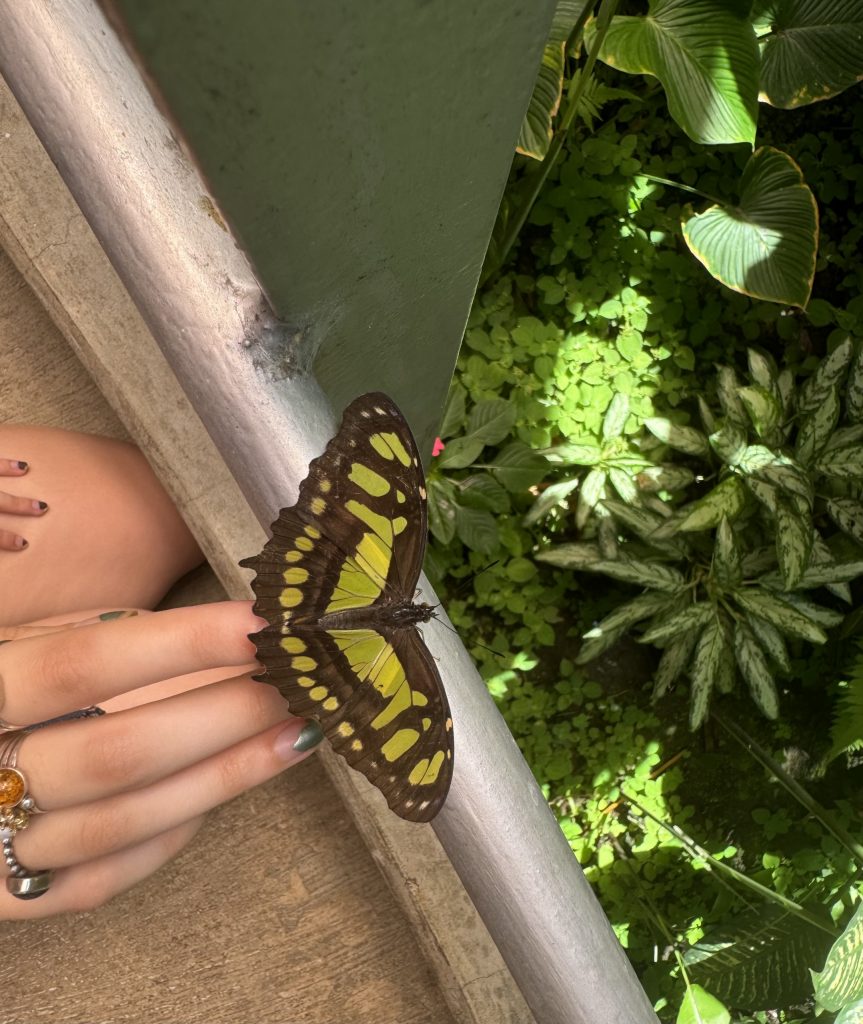
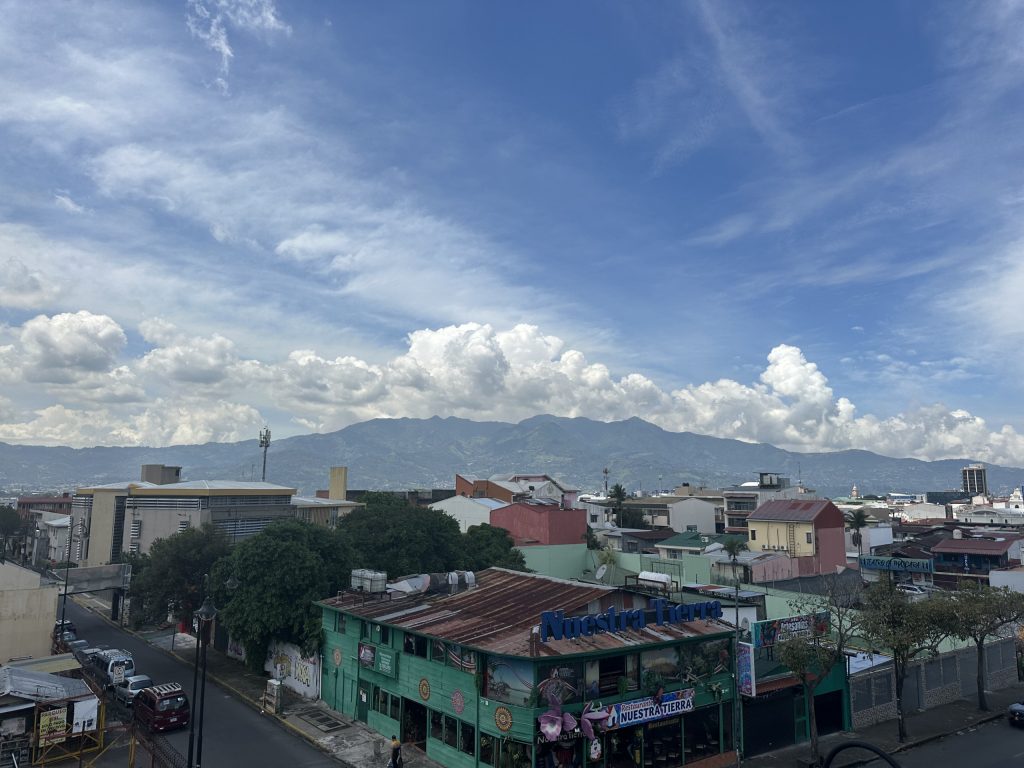
Following the museum, we enjoyed sharing our lunch spot with an energetic mariachi band celebrating a 60th birthday giving us just a taste of lively Costa Rican celebrations.
Later in the afternoon for Professor Leer’s class, The Ethics of Service and Study Abroad, we discussed parachute science, where “researchers—typically from highly resourced countries—do research and extract data and samples from non-native regions or populations, typically low resource settings or countries, without appropriately acknowledging the importance of the local infrastructure and expertise” (Odeny). With the guidance of our peer discussion leaders, we engaged in a friendly debate about whether or not we have any contributions to parachute science during our participation in the Global Semester program.
Saturday, our free day, consisted of outings to the laundromat and discovering that the Central Market is not, in fact, the same place as Mercado Central (direct translation: “central market”). However, with an additional 25 minute Uber ride, we arrived at the desired market and sauntered through the various stations of souvenirs, clothing, and food. We finished off the day with yet another trip to the hotel restaurant for dinner and rested for our upcoming travel day.
On Sunday, we spent the majority of our time on the bus heading to San Vito where our final biological station, Las Cruces, is located. However, we did pause our drive for a short but rigorous hike that, on a clear day, you can see the Pacific Ocean from the top!
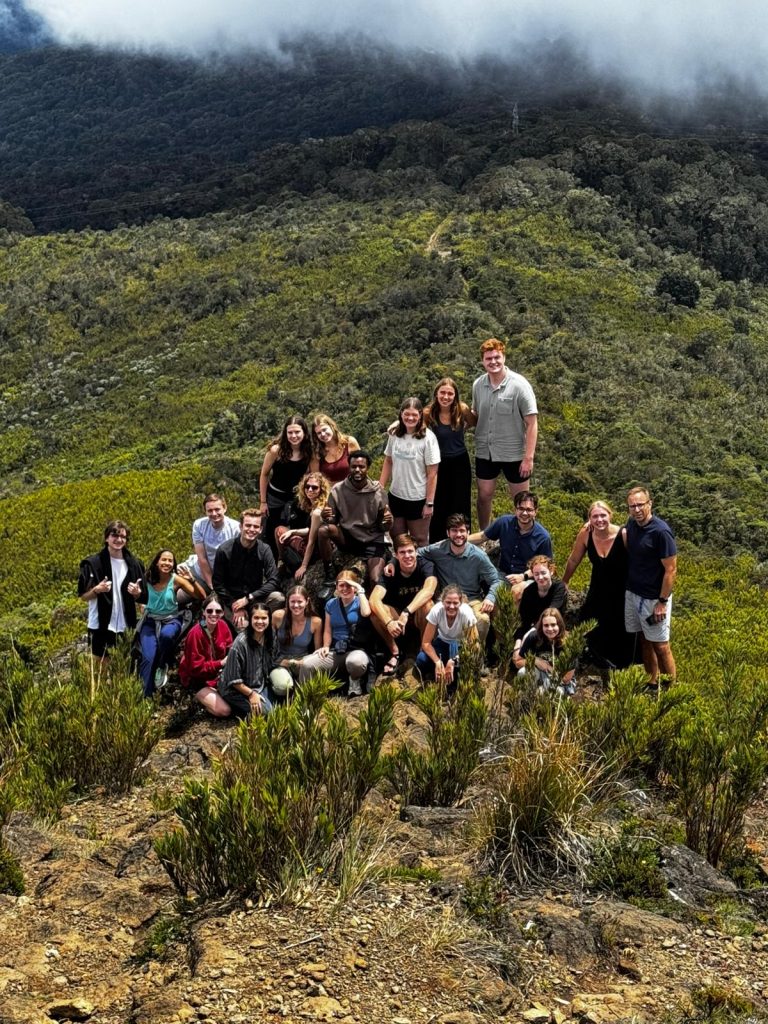
Following our scenic picture taking, we returned to the bus and completed our Global Semester Playlist Challenge #1. For this, each of us anonymously contributed a “walk-up song” that describes who we are and after listening intently to everyone’s song, we had to mix and match whose song belonged to who. Globie Paul won with an impressive 20 out of 22 songs correctly!
Upon arrival at our new biological station, we enjoyed a delicious lasagna dinner and played a variety of card games while settling into our home for the next week.
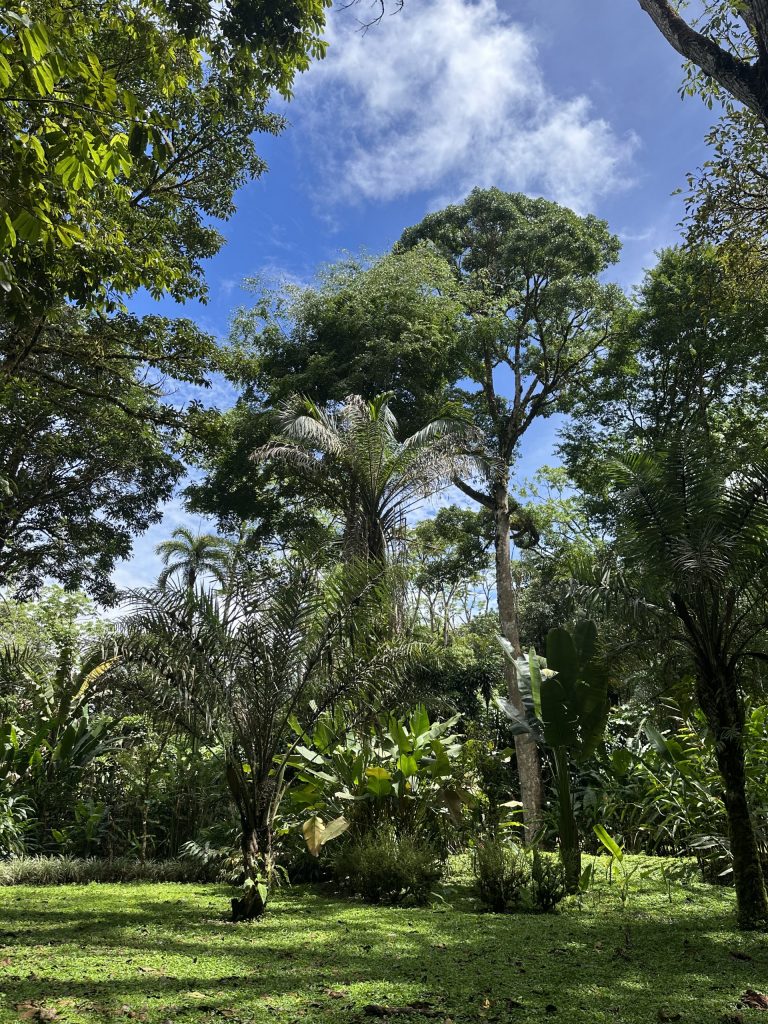
We began our first full day at Las Cruces, a tropical premontane rainforest, with a guided walk from biological expert Rodolfo (Rodo) Quiros in the Wilson Botanical Garden to see numerous unique plant species such as heliconia, bamboo, palms, and ferns. Las Cruces, a roughly 900 acre plot of protected land, is home to over 2000 species of native plants and has 250 species of birds just in the 24 acre botanical garden.
Following lunch, Rodo gave a talk about the history of the station, describing how Catherine and Robert Wilson established the site and botanical garden before the Organization of Tropical Studies (OTS) took the lead in transforming it into a research station in 1973.
Before dinner, during a break in the daily heavy rain, a group of students took a walk to the station’s observation tower but swiftly had to exit upon the arrival of angry White-Faced Capuchin monkeys. We finished the night off with a Game of Thrones streaming party and a bat (one of the 61 species found in Las Cruces) in our bedroom! Don’t worry, it exited through the same hole in the wall it entered, and yes, could return at any time.
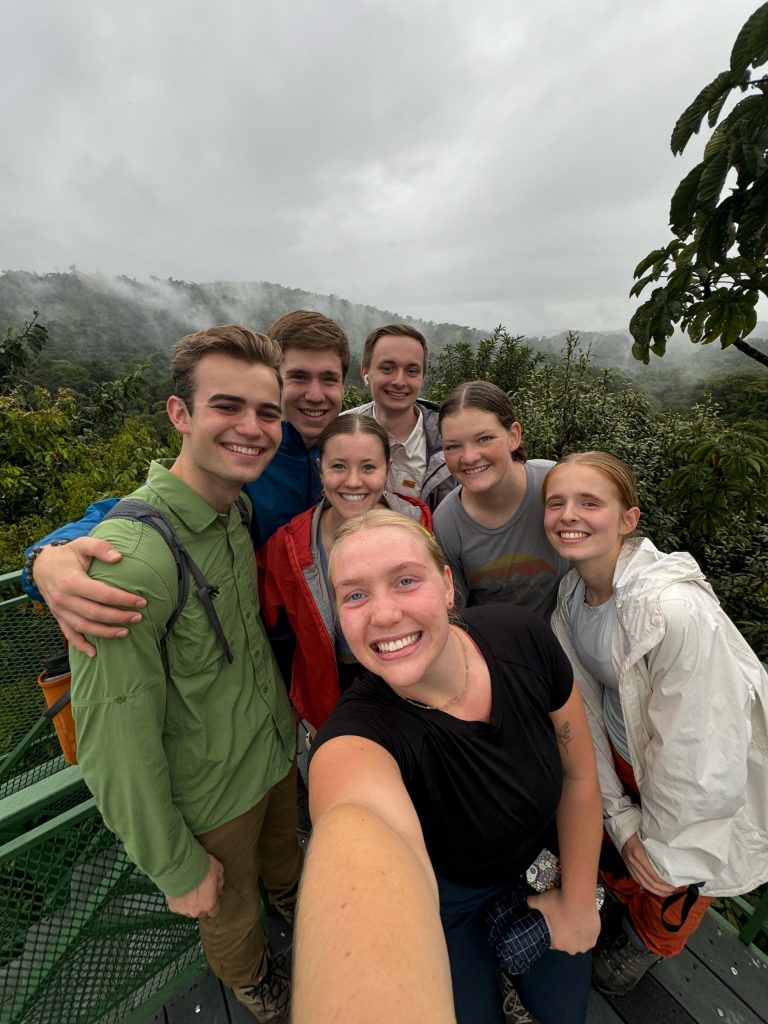
To continue growing our coffee knowledge and tasting abilities, we began our second day at Las Cruces with a tour of Don Roberto’s and Dona Noemi’s Organic Coffee Farm, Café Lila, where we learned about the variety of growing, drying, and roasting processes within their company. Although Costa Rica is not a global leader of coffee exports, the coffee grown and prepared in Costa Rica has impeccable quality. You know what they say, quality over quantity! Our discussion of coffee and its industry did not end when we left the farm and we continued learning about the sustainability of primary agricultural products during our afternoon lecture with Emi. We discussed organic farming, water management, fair trade practices, biodiversity conservation, and research and innovation within the coffee industry and discussed our final projects that are already coming up next week.
Instead of the usual nightly Game of Thrones streaming, Globies decided to tune into the Vice Presidential debate. Even abroad, we are ready to exercise our right to vote. That’s all for now!
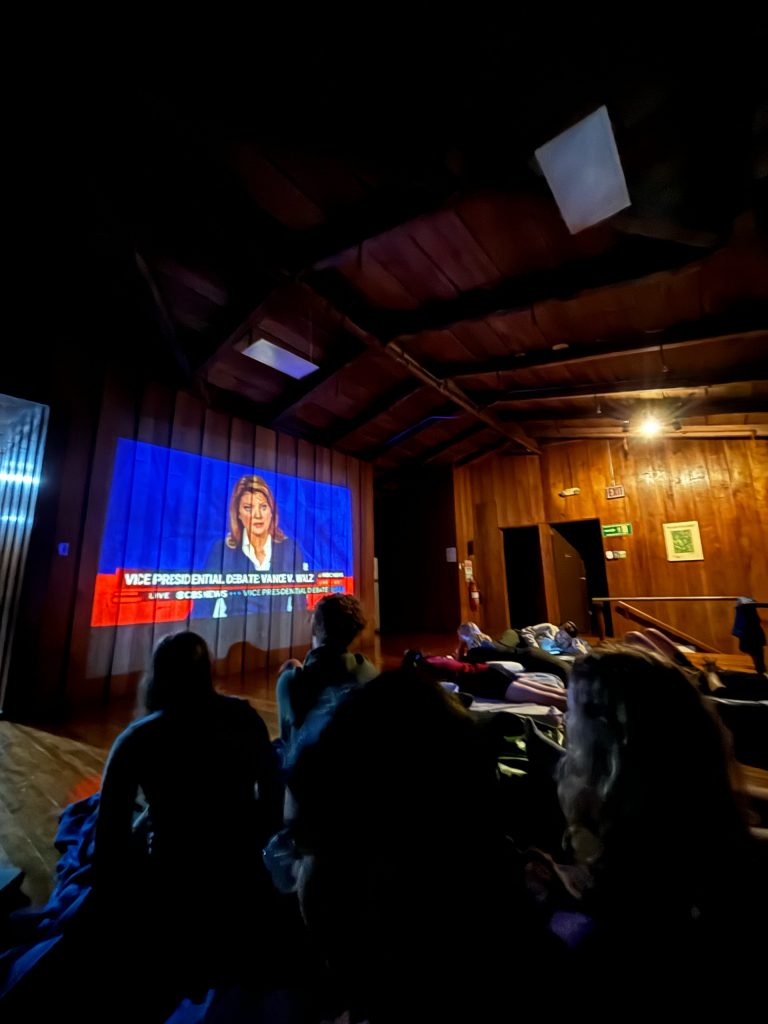
I look forward to our final few days here in Costa Rica and cannot wait to see what our time in South Africa holds. Thanks for tuning in.
Adios,
Lauren

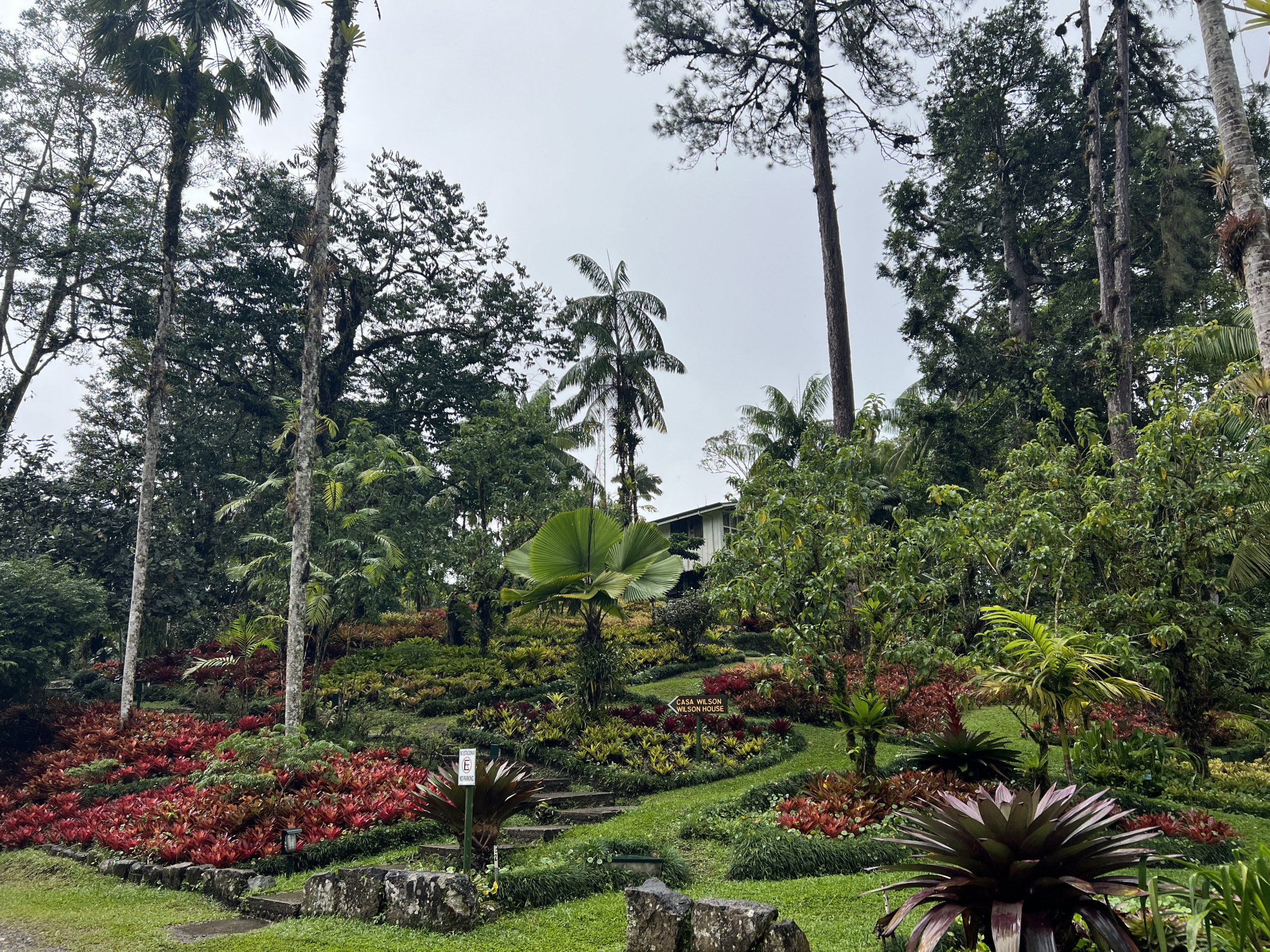
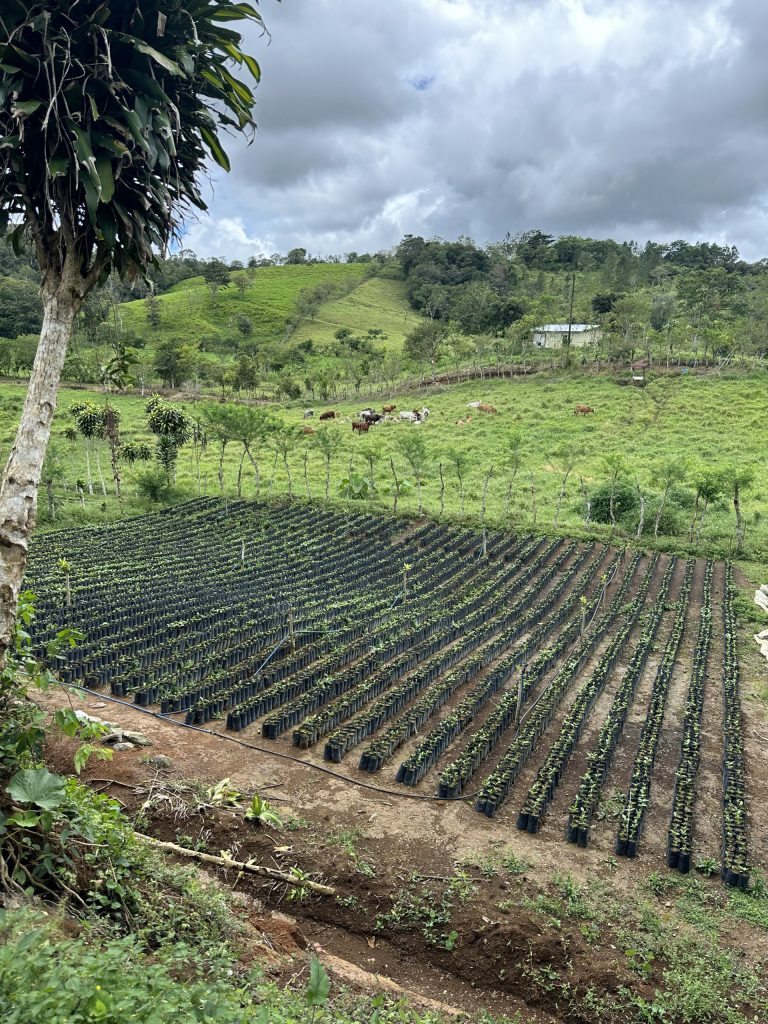

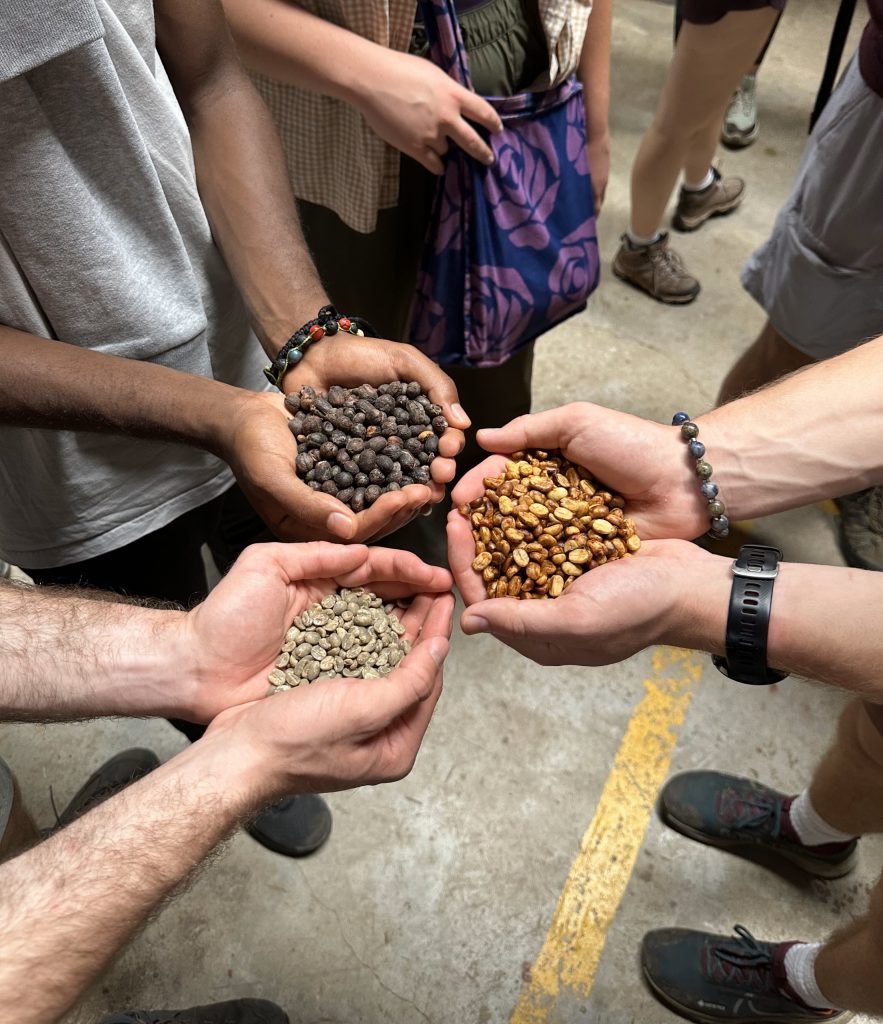
Leave a Reply